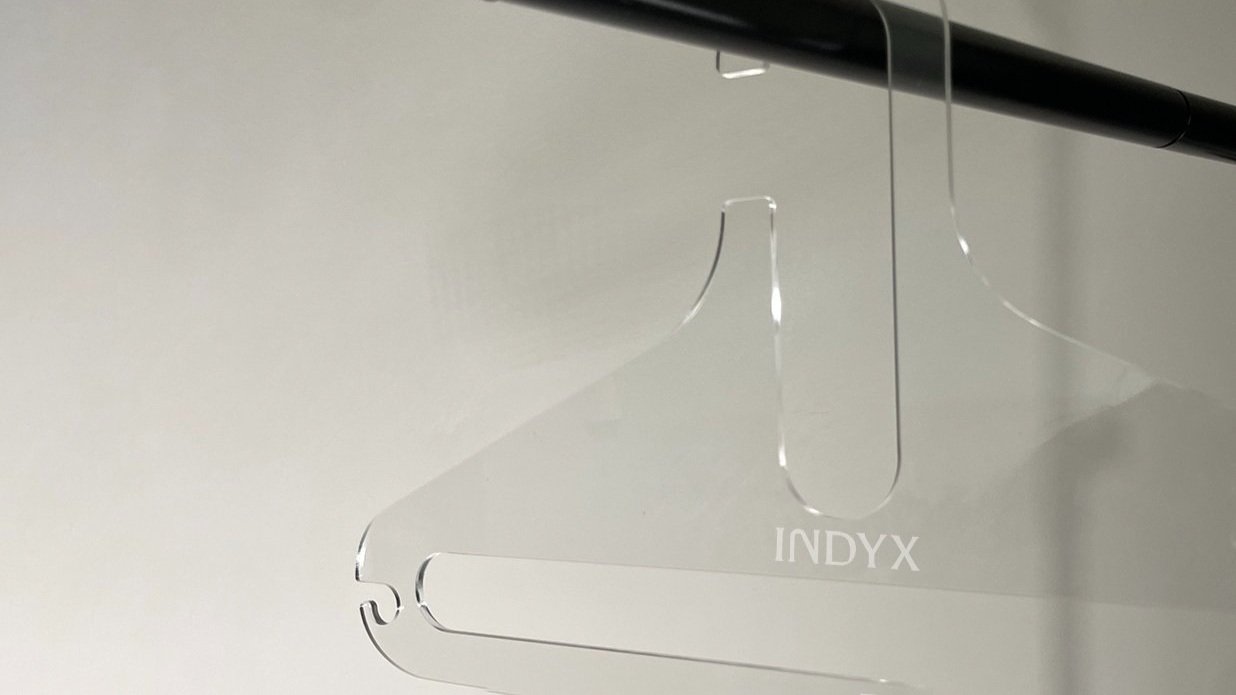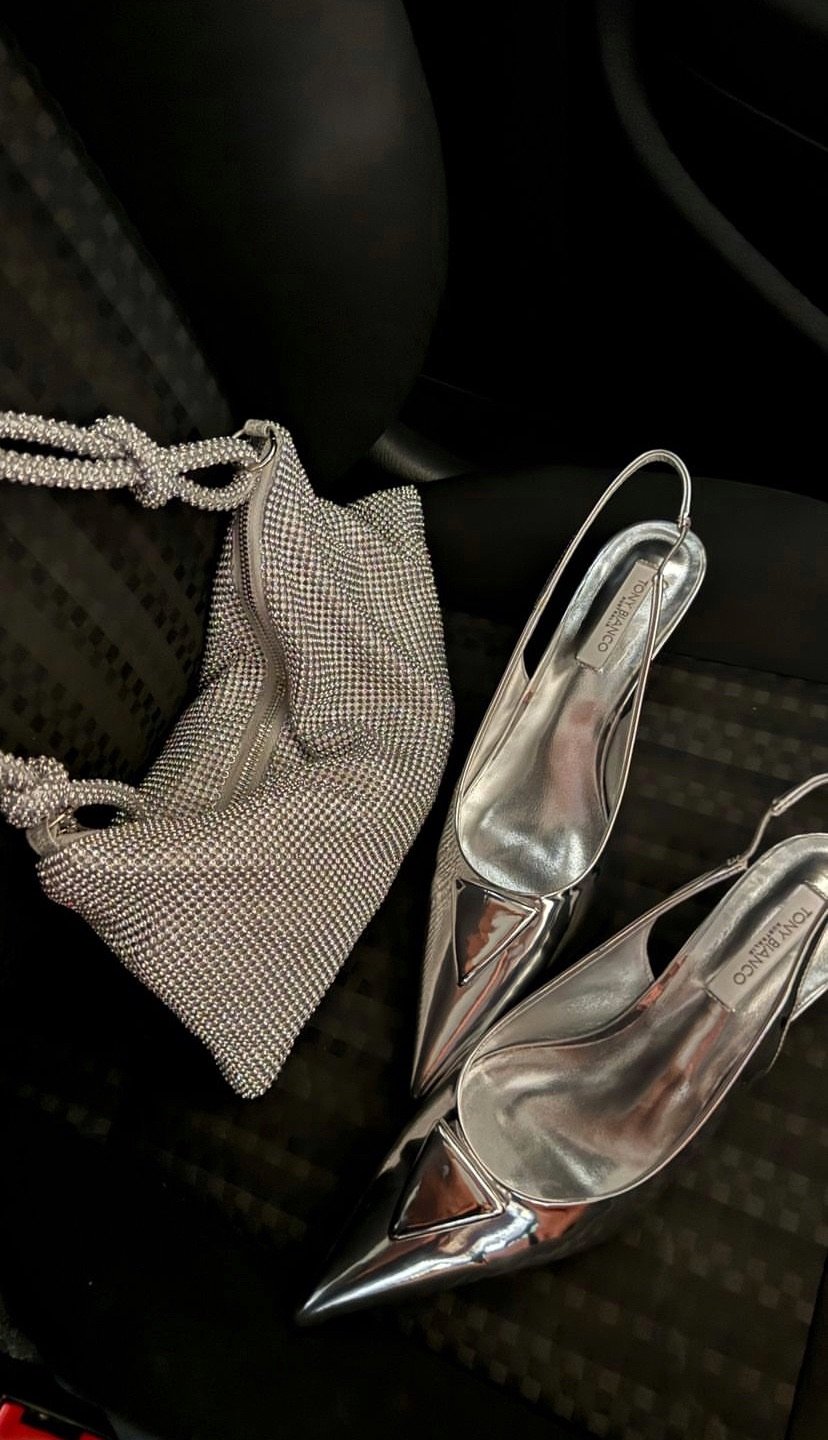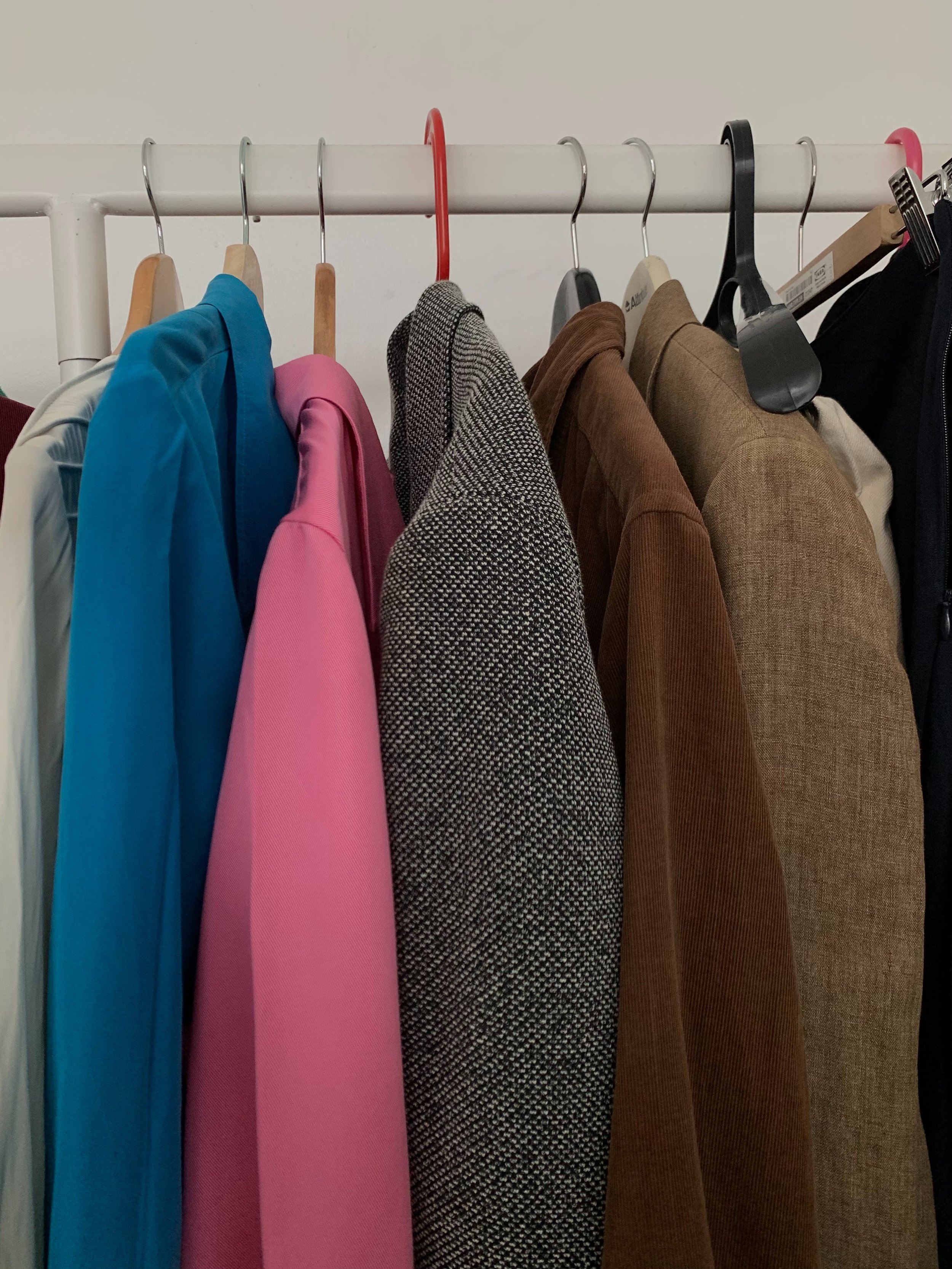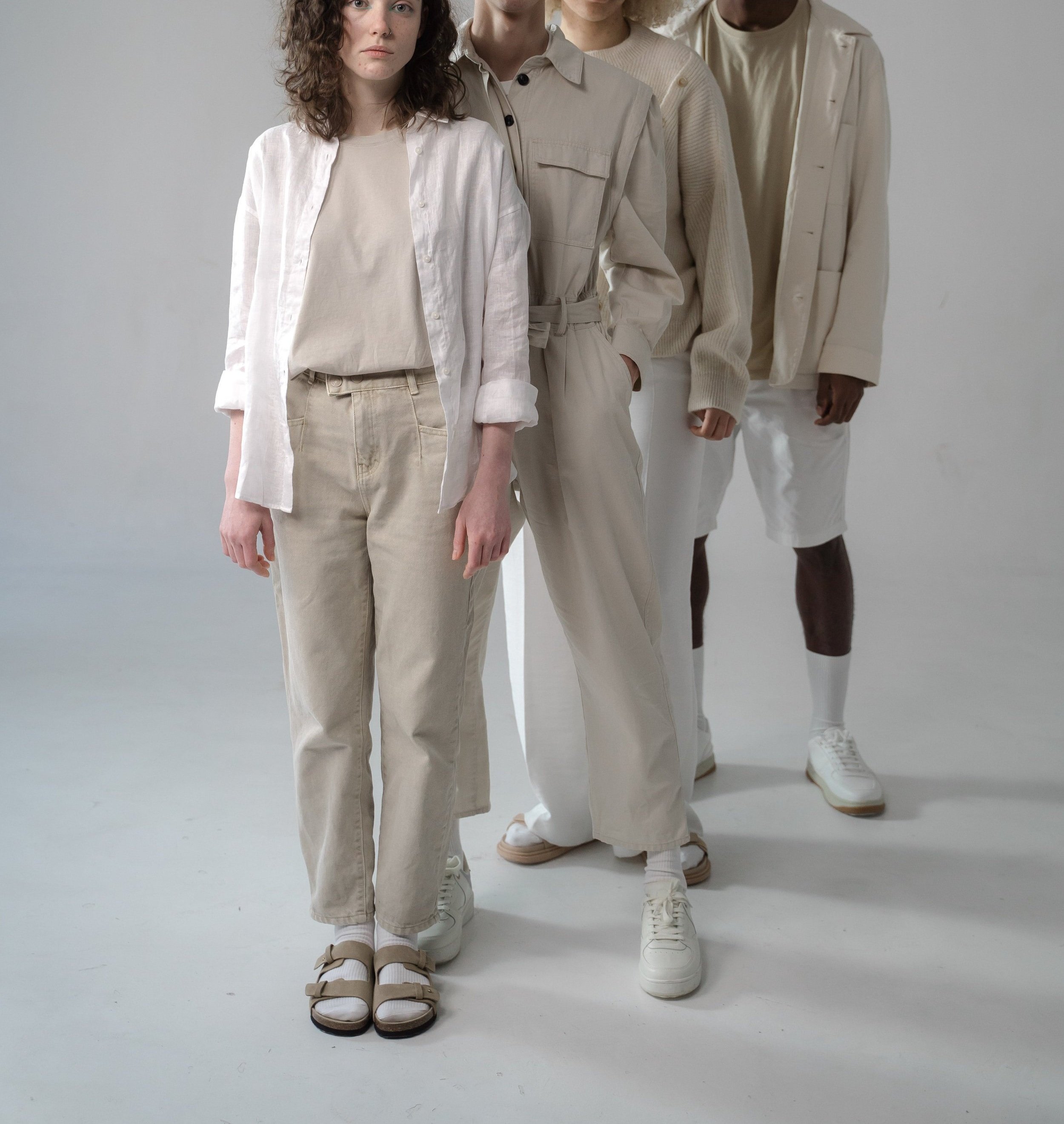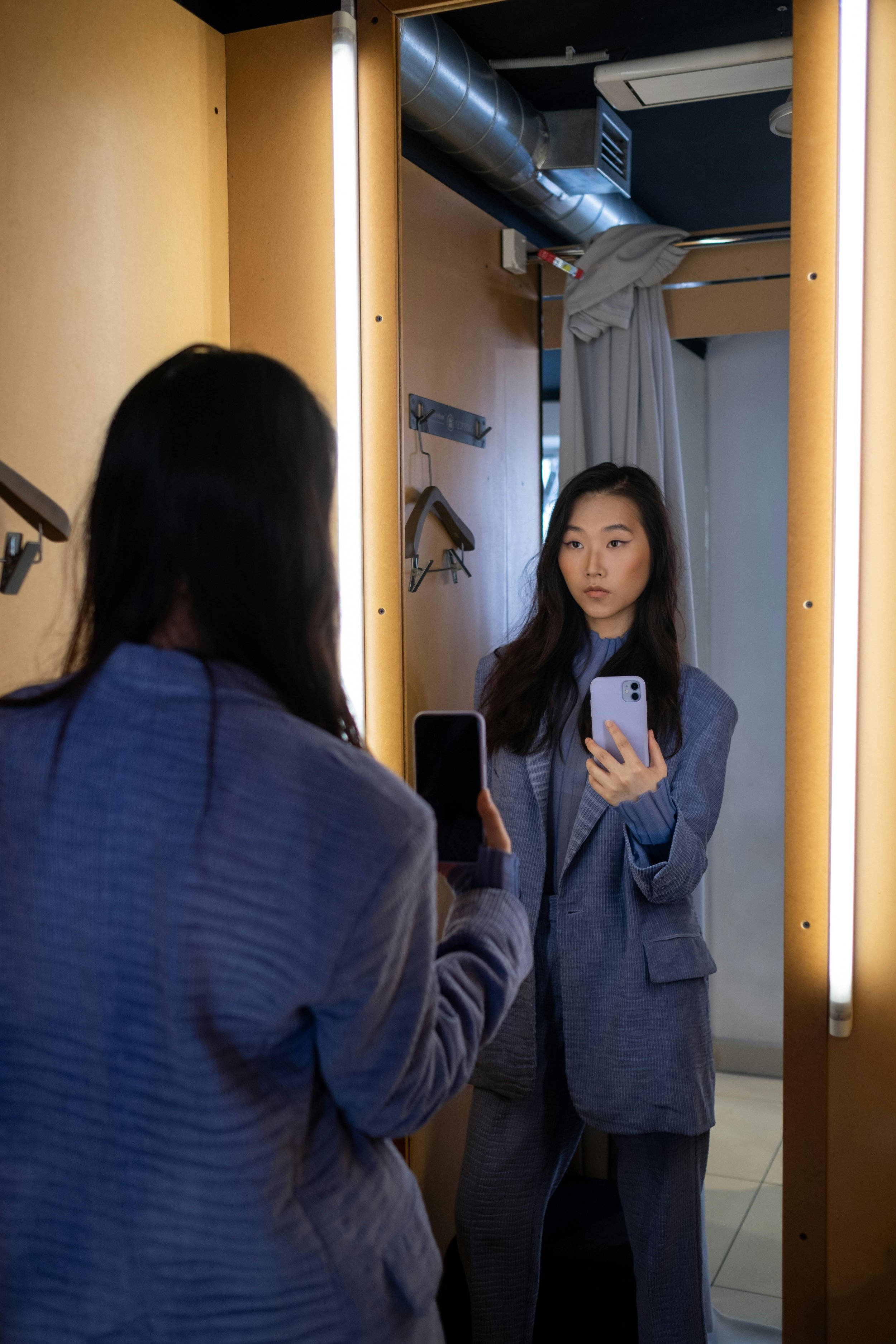Gen Z Loves Fast Fashion. So…How Exactly Is That Sustainable?
Digital natives, woke warriors, our future leaders.
Haul lovers, Shein shoppers, micro-trend followers, outfit repeater shamers.
Centennials, iGen, Zoomers, Generation-Z.
We refer to them by many names, even though they’d rather not be put in a box. And, before we go any further, I have a confession to make: I’m one of them, a fellow Gen-Zer. No matter how much Millenials make fun of us for our slang, Gen-Xers disregard us for being too radical, and Boomers disdain us for challenging the systems they built, none of that name calling affects us. Actually, we like the attention.
But, if there is one thing that gets under my skin it’s the sneaking suspicion that we may be hypocrites. With all the hope put on Gen-Z to save the planet, it’s time we get to the bottom of why we continue to voraciously consume fast fashion in a very, very….unsustainable way.
Why is the generation that considers nothing off-limits when protesting for climate action also comfortable showing up to that same protest in Shein? How can the most environmentally conscious generation also be the biggest consumers of fast fashion?
Are there two separate camps of Gen-Z’s: the tree huggers and tree burners? The Kylie Jenner devotees and Greta Thunberg stans?
Or, is it something else, where we find a way to hold the two conflicting ideas - a passion for sustainability and a love for fast fashion - in the same space? Maybe we just don’t really care about the environment? Or, in true “doomer” fashion, maybe we just think it’s all a lost cause anyways. What is going on inside those brains!?
The only way to find out is to get to the source, which is why your woman on the inside (me) interviewed some Gen-Z’s to bring you the inside scoop.
Starting with the basics, who even counts as Generation-Z?
No, your 5-year old niece is not Gen-Z just because she has an iPad. Gen-Z is anyone born between the years of 1997 and 2013, who share the experience of being brought up in a world where technology played a significant part of their lives. They are digital natives. Who is cool is determined by Instagram followers and TikTok views, not who got the latest NSYNC CD on VHS (FYI, I’m not 100% sure what VHS is so I may have used it wrong).
But it’s not all negative. Technology is also how they organize for protests or humiliate sitting presidents by reserving tickets to their rallies, leaving him in an almost empty room.
Most recently, it’s also how they find the newest Zara summer dress they *need* to buy that is only a few ‘link in bio’ clicks away. For good or for evil, technology has given them and placed them under an unprecedented amount of influence at a very young age.
Gen-Z’s seem to be the biggest advocates for sustainable fashion and simultaneously the biggest consumers of fast fashion. So let’s get our ducks in a row, as you might say, about these two opposing terms.
What is Sustainable Fashion?
The only truly sustainable fashion is the fashion already in your wardrobe. In second place, contrary to what Reformation might say, comes secondhand clothing.
Any fashion brand claiming to be sustainable is an oxymoron. Don’t get me wrong, buying from a brand who considers their environmental footprint throughout the product lifecycle from the materials used to recycling programs is far better than buying from a fast fashion brand. But all fashion brands fundamentally want to sell more, so they need to produce more, which means the model is inherently opposed to promoting sustainability.
While Gen Z buys secondhand clothing in unprecedented numbers, they also buy every kind of clothing in “hauls”. They completely disregard their most sustainable option - their wardrobes - for newer and trendier options, in bulk. The issue is volume.
What is Fast Fashion?
Fast fashion is a business model that quickly translates what is on catwalks into cheap clothing that is produced in mass quantities. Brands like Zara and H&M established this model, but newer companies like Shein have sped up the cycle - and consequently, the volume.
Fast fashion found its ideal consumer in Gen-Z buyers as they are most plugged into all the new trend that seemingly come with every TikTok swipe - and, they desire inexpensive options.
Fast Fashion, Explained
Learn more about how fast fashion works, how it impacts the planet, and which brands are the biggest offenders.
The Conflict
While McKinsey and Forbes have been busy publishing awe inspiring statistics like how 73% of the “sustainability generation” will pay up to 10% more for sustainable clothing, they failed to actually observe that behavior.
I’m always cautious to quote a comedian, but Bill Maher made an insightful observation about Gen-Z that many journalists have failed to see. While the media was busy proclaiming Greta Thunberg as Gen-Z’s icon on the cover of every Gen-X magazine, they failed to see that Gen-Z influencers such as Kylie Jenner have an incomparable amount of real influence.
While Greta is sailing across the Atlantic, Kylie is flying her private jet full of clothes she’ll only wear once, but will be copied by fast fashion brands like Boohoo millions of times. And yes, most Zoomers know and respect Greta Thunberg, but she’s not who they are watching on TikTok or liking on Instagram.
What I’m saying is: media has deluded itself into believing Gen Z are our environmental saviors, when in fact the voracious fast fashion consumption was always there.
Sustainable fashion advocates such as ReMake have claimed millennial favorite fast fashion brand Forever 21 went bankrupt because Gen-Z prefers sustainable fashion, when in reality they simply expanded its physical stores too quickly without focusing on online sales. At the same time Forever 21 was filing for bankruptcy, Shein was growing to become a $100 billion company almost exclusively fueled by online sales to Gen-Z.
So are we talking about two different camps of Gen-Z consumers, the Kylie’s of the world and the Greta’s?
In reality, as a study by Sheffield Hallam University found “17% of [Gen-Z] participants admitted shopping at a fast fashion retailer each week, 62% monthly and 11% yearly, with only 10% claiming that they had never purchased from a fast fashion retailer”. Yet the same study also found that 94% of participants were in favor of action for sustainability.
So, they do hold both ideas in the same head. We just got it wrong, as at least when it comes to fashion they are not the most eco-conscious generation after all and they never were.
This is not to discount the work Gen-Z has done to normalize buying secondhand clothing. Depop, an online reselling app, claims that 90% of its UK users are under the age of 26.
But as one TikTok user found, a stroll around a thrift store these days is no longer a multi-generational trip down memory lane, it’s more like a blast from just a year or two ago. The MiuMiu-inspired mini skirt and 13 Going On 30 dress that were trending not so long ago are already being resold. With the sheer amount of clothes they are buying in the first place, it’s no wonder they have so many options to buy from secondhand! So, yes, they boosted the secondhand market, but you know what that actually tells us? They buy a lot! Of everything!
Where does this gap in thought and action come from? As we established before, the defining characteristic of Gen-Z is that they grew up with technology, so let’s start there.
Social media has been the greatest cultural disruptor of our time for any generation, but Gen-Z is the first to grow up in a world with social media. Most of us Zoomers don’t remember what life was like when Facebook didn’t exist, and some of us never even had a Facebook because the world had already moved on to Instagram by the time we were in elementary school.
There’s a lot to unpack when it comes to the influence of social media on developing brains, most of which we haven’t even begun to understand, but let’s focus on how brands have used it to their advantage. With hundreds, if not thousands, of influencers each sharing pictures and videos wearing the latest Zara or Mango “collection”, the clothes get older faster. With every scroll, Gen Z is bombarded with newer and newer trends, what was “in” a month ago, feels dated now.
Unsurprisingly, many Zoomers wouldn’t be caught dead posting the same outfit twice. As Emily, a 23 year old from Santa Barbara explains, it’s an unspoken rule. Just like liking your own picture on Instagram, she described it as “social suicide” - something that destroys your social standing to do.
Another characteristic of Generation Z is that social media has given them freedom to uniquely express themselves. Individuality is currency with Gen Z - they want to be unique, and one of the ways they express that uniqueness is through their clothes. This is in contrast to the Millennial generation where there was much more social currency in “fitting in”.
Of course, everyone from any given generation has experimented with their style when growing up, but Generation Z is the first who isn’t tied down to just what is cool in their local high school. They can see what’s cool in South Korea, in New York City or Paris. While that is a testament to the benefits of social media in creating a more globalized world, it does also mean they have a lot more trends to cycle through. Anyone who loves fashion can sympathize with dressing up and having fun with clothes, but the combination of cheap options and thousands of trends to try, is a recipe for disaster.
While certainly their digital environment plays a big role in why they are so susceptible to fast fashion marketing, it's not the full picture. It’s also incredibly easy to buy fast fashion - easier than ever before.
First, fast fashion is cheap. The oldest Gen-Z’s are 26 in 2023, and obviously don’t have the same purchasing power as Millennials or Gen-Xers.
But as one Gen-Z slow fashion advocate points out on TikTok, the people who are spending hundreds of dollars on Shein and Zara hauls clearly do have plenty of disposable income to buy clothes. Ultimately what it comes down to is wanting to have 7 pieces instead of 2. The issue is once again, drum roll please - volume.
Fast fashion today also makes it incredibly easy to find anything you could possibly want. While shopping second hand requires time to hunt down just the right item in your size, you can search up ‘red polka dot raincoat size 8’ on Google and immediately be served a number of options.
A comment on a sustainability video that gained over 4 thousand likes argued “Another thing about “ethical” brands is how… boring most of their clothing is. Why would I buy a plain white t-shirt for 70 bucks”. This sentiment was shared by Jasmine who describes her style as sexy and bold. She says she simply doesn’t know of any sustainable brand that makes sexy clothes, but she can always find something at Boohoo.
Not to sound like a broken record - and yes, I did Google Gen-X sayings - but the main issue is how many Boohoo items are we talking about, exactly. Gen-Z icon and TikTok influencer Alix Earle famously took days to clear out her college dorm room due to the sheer amount of clothes she owns. She even dedicated a TikTok to clearing out her college crop-top drawer, a video many users found “so relatable”. On a positive note, one of her followers suggested she sell her tops on Depop, a comment liked by 16 thousand people, which may help alleviate some of the waste as surely they would be sold instantly.
Perhaps more pressing than styles, fast fashion brands make it easier to buy in different sizes. Buying second hand is not built for convenience and it can be very hard to find what you’re looking for in your size. And, ethical brands don’t seem to be filling the gap. As a sustainable YouTuber with over 200 thousand followers, Alexa Sunshine expresses her frustrations with the slow fashion movement she champions, pointing out that most Americans fall between a size 14-16 but most ethical brands only offer S-M-L sizing. Even though she herself only buys from thrift shops, she acknowledges that it is a lengthy process and should not be the only option given to people who wear larger sizes.
Other comments on this video highlight another major reasoning behind Zoomer consumer thinking: is this really our job? For many of them the role does not fall on consumers but on governments to regulate consumption - and corporations are attempting to shift the focus of this responsibility to consumers having to be conscious shoppers.
To their credit, corporations have long advocated for recycling; but have never really pushed the rethink, refuse, repair, reduce or reuse of the 6R’s of sustainability. And unsurprisingly, McKinsey & Company found that 88% of Gen-Z shoppers do not trust companies’ sustainability claims. They just don’t think it’s the consumer's job to be figuring out which brands are genuinely sustainable, but instead the responsibility falls on the government to regulate. A job they are failing miserably at.
Gen-Z’s are bargaining with the planet. At the end of the day, they know fast fashion is in conflict with their aspirations of sustainability but aren’t willing to give up the dopamine hit. It’s hypocritical, but they justify it by trading off in other ways.
As 24 year old Hannah from Connecticut defends her shopping habits “I don’t buy plastic water bottles, I never take a plastic straw, I take produce bags to the supermarket, I rarely drive and bike where I can, I only eat meat out, I use package free shampoo, but yes I buy a lot of clothes from H&M and Zara. Sue me.”
Hannah is not alone. TikToker Nava Rose apologized to her almost 6 million followers for her contributions to the fast fashion industry and explained how she had excused her beliefs through living an otherwise eco-conscious life, such as having a worm compost.
While we see hypocrisy between their words and their actions, Gen-Z are, for the most part, trying to do good for the planet. I honestly don’t know of many Millennials or Gen-Xers who willingly welcome worms into their home.
So, where does this leave us?
Gen-Z is fully aware of the impact of their choices which is why they make these excuses. And yes, there is validity to many of their arguments, but it doesn’t change the fact that the main issue is quantity. It’s not necessarily about not buying any fast fashion, but not buying $300 dollars worth of Shein that will soon be garbage. And, $300 at Shein goes a long way in creating a literal mountain of garbage.
Yet, I’d still argue that the blame is not fully on us. As the world struggles to cope with the impact of technology, it’s important to understand how drastically Gen-Z was affected. We’ve been “influenced” online since we were literal children. And many of them, like Leonardo DiCaprio’s girlfriends for example, don’t even have a fully developed prefrontal cortex to help make responsible decisions. No other generation experienced this level of consumer convenience and social media influence through their childhood and adolescence.
I’ll also say: all generations tend to overconsume in their teens and 20s. Perhaps not *quite* to this extent, but the fast fashion model wasn't as fully developed until quite recently. Millennials loved Forever 21 and Gen X idolized Gap. They grew out of it. As Gen Z gets older, I do believe they will likely have a stronger sense of their personal style, start to prioritize quality, and choose to buy fewer, better quality things.
In the past few months we’ve also seen the rise of influencers like Sofia Richie who prefer a more timeless look, and Gen-Z’s have welcomed the 24 year old nepo baby as their newest it-girl. This may be a sign of a shift in Gen-Z fashion mentality, perhaps not in the name of sustainability, but either way, we’ll take it.
We are also seeing increased regulation in the EU, albeit much of it still remains vague, these are steps in the right direction and a response to the demand for consumer protection that we would like to see on the other side of the Atlantic. The private sector is responding with more focus on secondhand fashion, which with time will break its barriers to entry by making it more accessible and convenient like buying fast fashion.
At the end of the day, the problem is Gen-Z buys too many clothes and the solution is that Gen-Z needs to buy less. While the current situation may seem grim, the same technology that got them here may be the technology that gets them out. They are quick adopters of new technology, secondhand shopping apps and styling apps like Indyx. Whatever is most convenient, most affordable, and most fashionable will capture our very short attention spans. The positive thing is that all these things are in motion for Gen-Z, so they may become, afterall, the most sustainable generation.
Rebecca is a fashion stylist and writer, recently graduated from the University of California, Berkeley, and currently living in London. She enjoys reading, skiing and having people cook for her.













